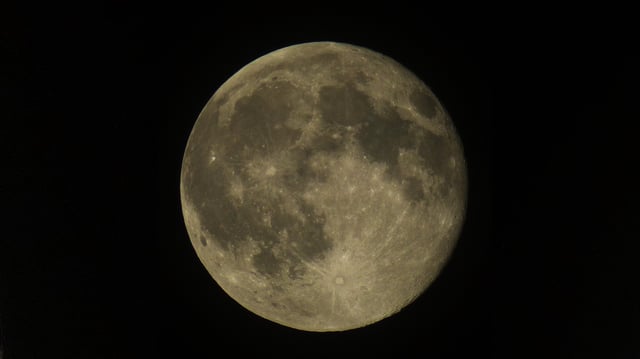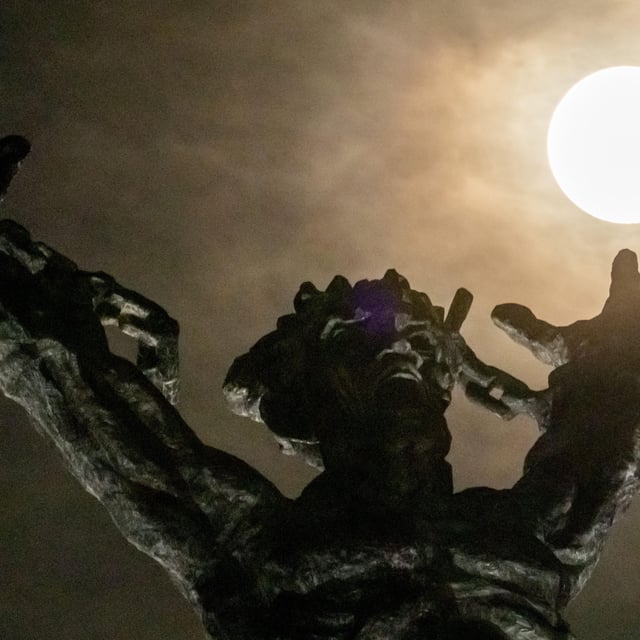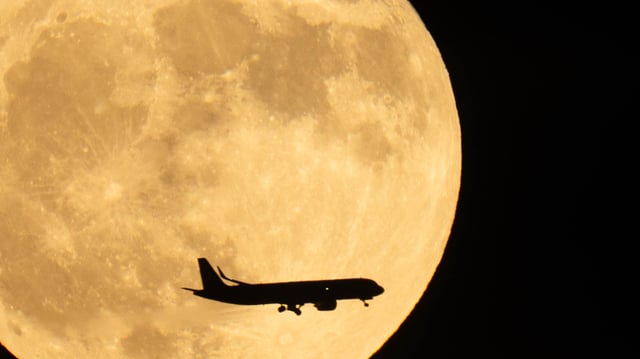Overview
- The Harvest Moon reached full illumination at 11:48 p.m. ET on Oct. 6, marking 2025’s first supermoon.
- A supermoon occurs when a full moon aligns near perigee, making it appear up to about 14% larger and roughly 30% brighter than the smallest full moon, according to NASA.
- Photographers captured striking views across the globe, with widely shared images from the U.S., UK, Europe, the Middle East and Asia.
- The sequence continues with additional supermoons on Nov. 5 and Dec. 4, with further events expected into early 2026 per NASA.
- Some outlets highlighted that this year’s Harvest Moon fell in October rather than September, an occurrence noted as unusual, and minor king-tide flooding was reported in parts of the U.S. Southeast.



